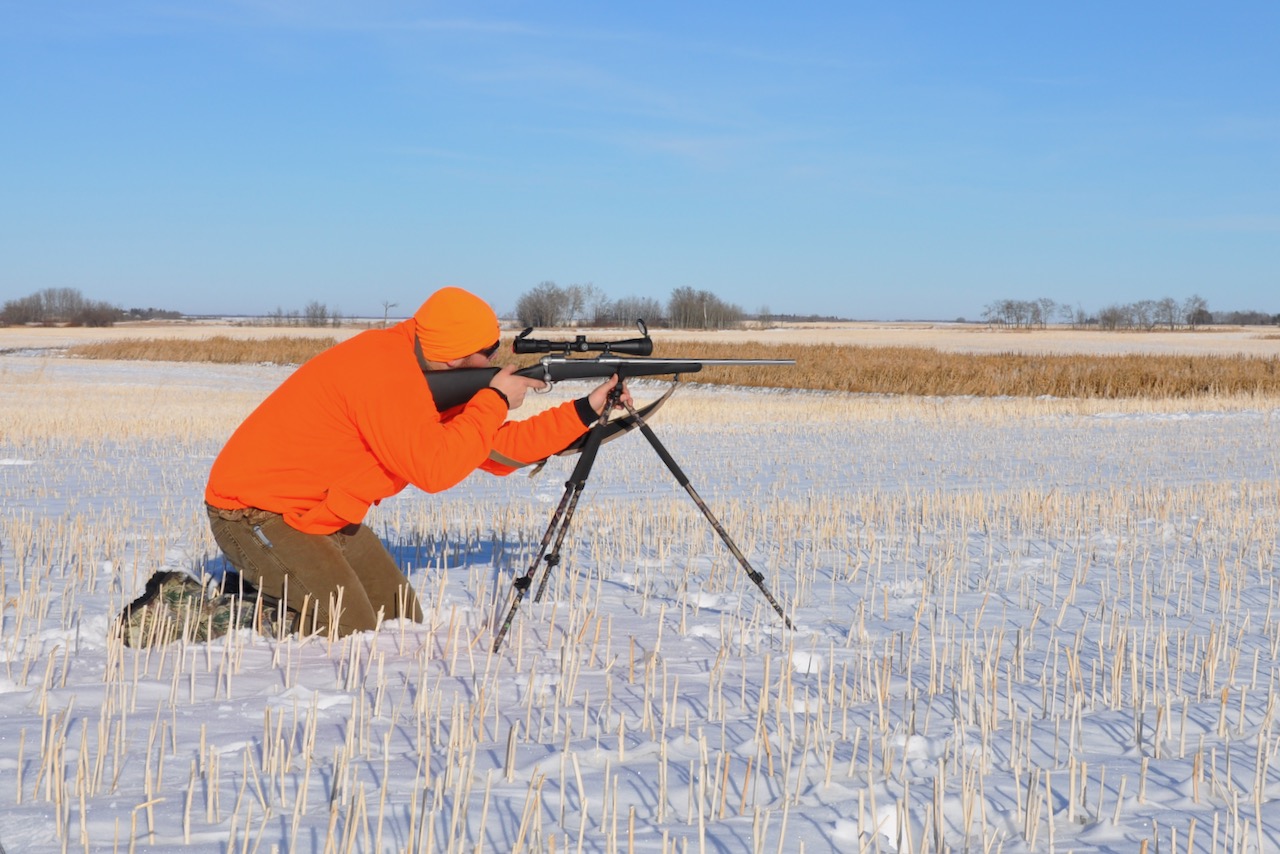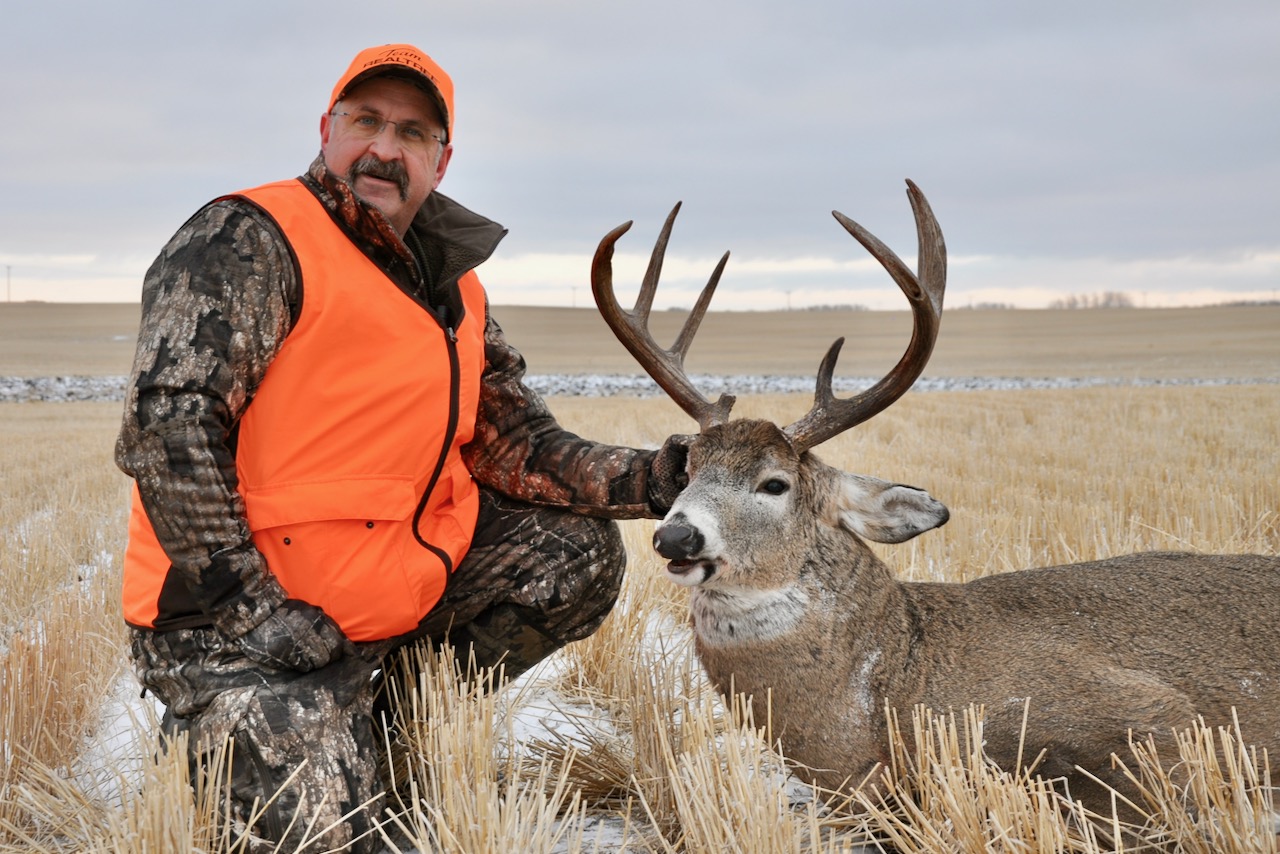HOME ON THE RANGE
For a unique and challenging hunt, set your sights on the giant whitetails of the Prairies
Advertisement

STALKING
If the buck is in sparse cover, it might be possible to stalk in close enough to take a shot while he’s bedded. Bedded deer periodically stand to stretch or reposition themselves throughout the day, so you can also simply wait for it to stand up. If the deer is in heavier cover that you can’t see into, you’ll need to stalk to within shooting range, then wait until later in the day when it leaves the cover to feed.
While waiting for a deer to stand or walk out into the open, always be ready, and try to anticipate where your shooting opportunity will be. If you’re using shooting sticks, set them up and keep your gun ready to quickly and quietly slip onto the rest. If you’re bowhunting, have an arrow nocked so you can quickly raise your bow and draw.
Advertisement
Some hunters find it easy to sit and wait for the deer to stand. If you can’t sit still, however, and your fidgeting risks spooking the deer, try blowing a grunt tube to get the deer to stand up or come out into the open. Blow the call as softly as possible to prevent spooking the deer—often, just a single grunt will get the reaction you want. If the buck doesn’t respond, keep calling, but do so sporadically. Calling too much can put him on red alert.
If you’re not prepared to wait out a bedded deer, another option is to leave it alone, then return the next morning to set up along its travel route. If you choose that plan, take plenty of time to familiarize yourself with the path the deer is likely to take. Then select a perfect ambush spot that keeps you hidden, yet still offers a good shot.

